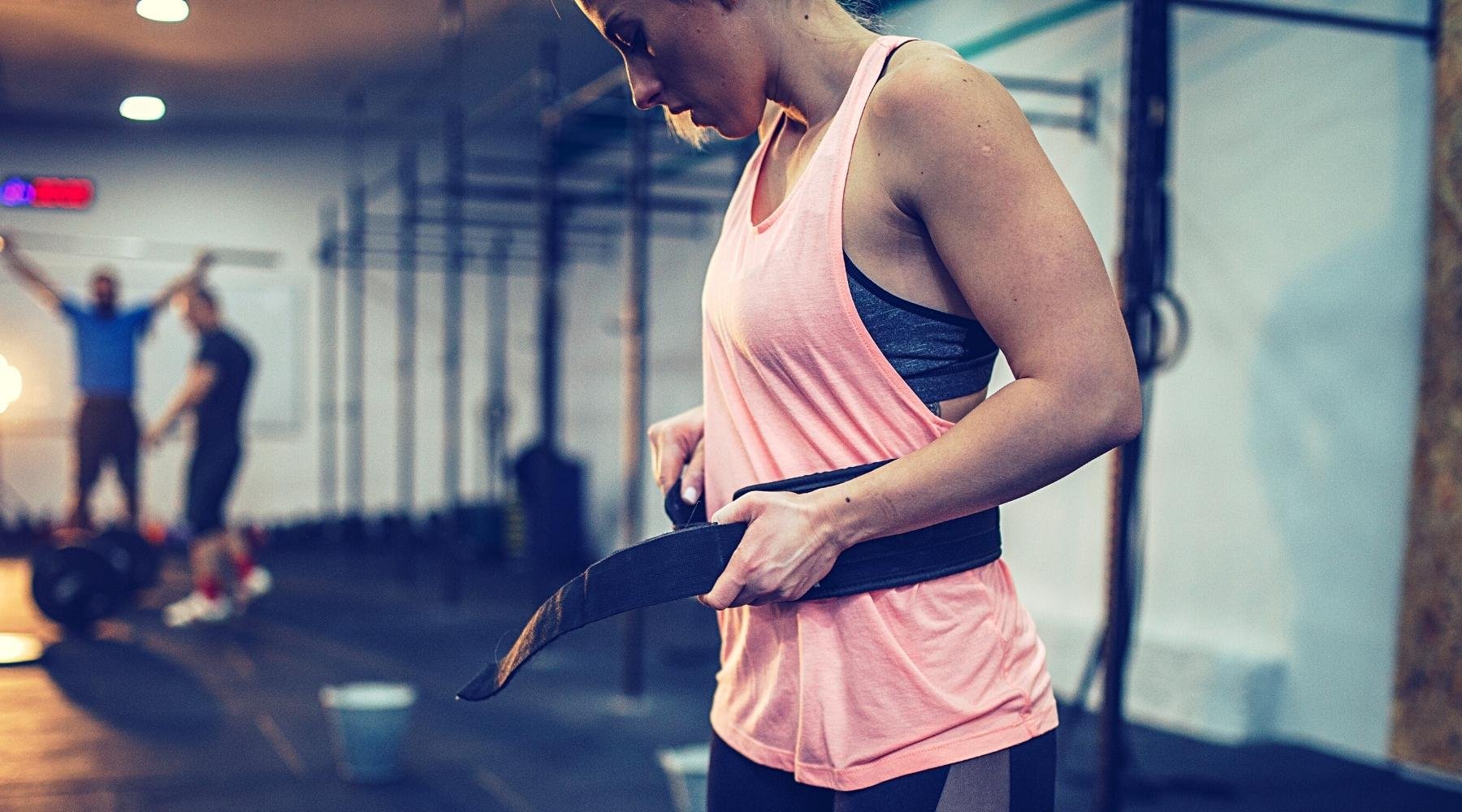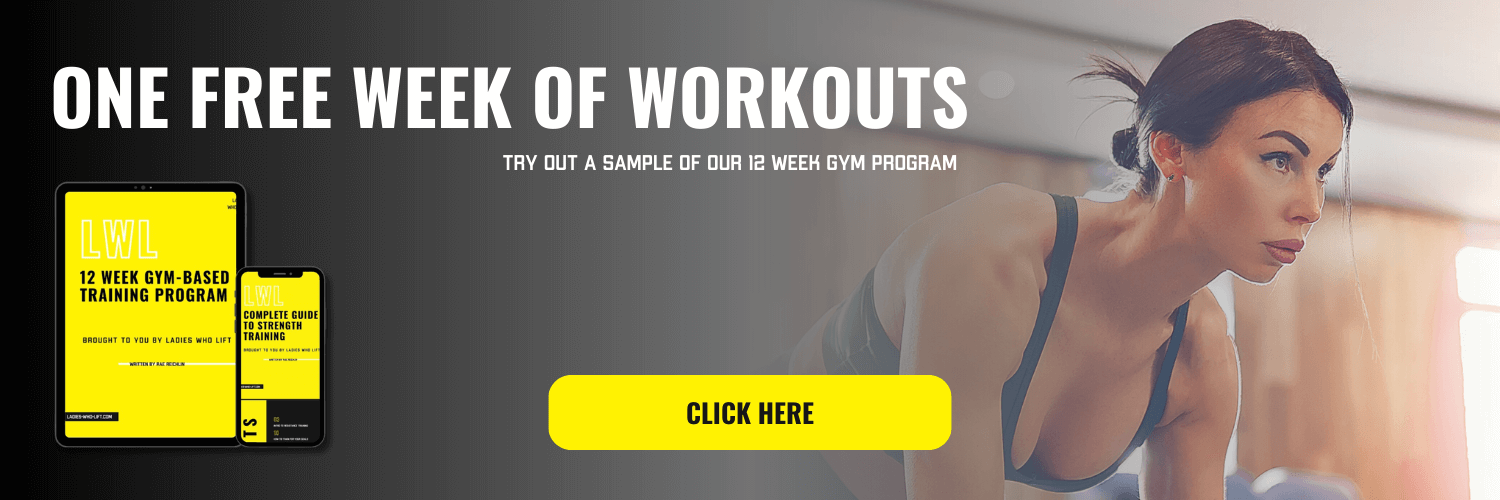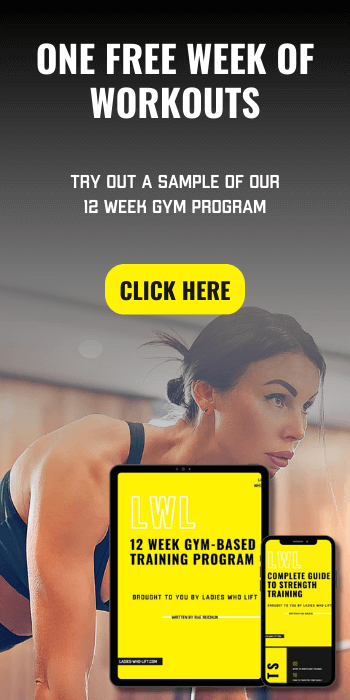When To Use A Weightlifting Belt
Weightlifting belts have been the subject of several hot debates over the years. Their biggest critics claim that belts actually weaken the core and serve as an unnecessary crutch. Their biggest fans make claims of injury prevention and strength gains.
Who is right? Are lifting belts necessary for serious gym-goers? This article aims to clear up the confusion and help you decide if a weightlifting belt is right for you!
What is a Weightlifting Belt for?
At first glance, belts might appear as a solid injury prevention tool. They look like they provide lower back support during heavy squats and deadlifts. That seems intuitive enough, right?
According to spine function expert, Dr. Stuart McGill, isn’t much evidence to suggest that belts are an effective way to reduce injury risk for gym-goers. That would be near impossible to test in a controlled study. What we do know, is that belts offer great stability.
The best-confirmed benefit of wearing a belt is to increase something known as intra-abdominal pressure or IAP. IAP helps stabilize your trunk and counteract some of the shear forces that are placed on your spine when lifting. The more stable your trunk, the more efficiently you’ll produce force, thus, you can lift heavier weights.
Although anecdotal, you can expect to lift around 10% more with a belt than without, if you know how to use it. There have also been studies that show lifters wearing belts can complete more reps with the same load and have quicker bar speeds. This all makes sense. If a belt allows you to be more stable, you’re going to see an increase in performance.
Here’s a quick general summary of the pros and cons of lifting belts:
Pros
Can increase IAP for heavy compound lifts
Be able to lift with more intensity and volume
Increase bar speed
Tactile cue for core bracing (press against the belt)
Cons
If a lifter doesn’t know how to brace properly without a belt, it can be more of a crutch than a tool
Wearing a belt spikes blood pressure which can be dangerous for some
Might provide a false sense of strength capabilities
There isn’t much practical belt bracing carry over from squats/deadlifts to sports or real-world movements (not a knock on belts per se, bracing is movement specific)
When Should You Wear a Weightlifting Belt?
It makes the most sense to use a lifting belt during heavy compound movements where your core is heavily involved for stabilization. Squats, deadlifts, and overhead presses would be our three favorite use cases. You can apply that preference to any lift with similar movement patterns.
We don’t see much merit in wearing one for upper body accessories when using machines, cables, etc. That falls into the “using it as a crutch” category. It won’t hurt you, but there probably isn’t a whole lot of benefit.
How long should you be training for before using one? It doesn’t make sense to come up with a rule. We suggest you learn proper bracing techniques beltless regardless and slowly add in a belt for your heaviest sets if you so choose. As you get more comfortable wearing it, use it whenever you want.
How to Wear a Weightlifting Belt
The main goals of properly wearing a weightlifting belt are comfort and the ability to get as much trunk rigidity as possible. With that in mind, you’ll have to play around with different belt sizes, styles, and positions to see what works best for you. In general, follow these two steps:
Place the belt around your waist right above the top of your hip bone. You should feel contact on the front, sides, and back of your core muscles. It shouldn’t be too low covering the majority of your hip bones or too high where it painfully digs into your ribs.
Tighten the belt, but don’t do it corset Pirates of the Caribbean style. Make sure it’s tight, but you’re able to breathe. It might be slightly uncomfortable at first, and that’s okay. It’ll be something you’ll get used to. Understand that it should never be painful. If you’re experiencing a lot of pinching, bruising, etc. consider a different size belt.
How to Use a Weightlifting Belt
Creating proper core stability is all about pressing out against the full circumference of the belt. You shouldn’t just be flexing your abs, you should be creating tension in all 360 degrees of the musculature surrounding your spine.
Don’t take a deep chest breath where your shoulders hike to your ears, but instead, press your full core against the belt to create a large amount of IAP.
As you get more experienced, you should be able to maintain full pressure while inhaling and exhaling.
Types of Lifting Belts
There are so many brands out there that all offer a pretty similar product. A few of the most well-known ones are Inzer, Titan, Pioneer, Rogue, and Eleiko. Pay attention to these variables when selecting the right belt for you:
Width
The wider the belt, the more IAP you’ll be able to generate, but you also sacrifice potential mobility. Getting into a deadlift starting position with a wide belt can be very uncomfortable.
People of larger stature might want to opt for a thinner one that won’t bruise their ribs. Most powerlifting belts are about 4in. If you are smaller or don’t care about optimal stability, look for a 2-3in belt.
Thickness
How thick a belt is will determine its durability and support. They usually range from 6.5mm all the way up to 13mm. 10mm tend to offer plenty of support while still retaining mobility.
Clasp
The clasp type really doesn’t matter as long as the belt offers support and lasts a while. Double prongs are sometimes tough to get off. The quick-release mechanism of a lever is fancy, but not also the most comfortable. Single prong seems to be a tried and true fastening style.
Do I Need a Lifting Belt?
Of course, you don’t NEED a belt! it’s not a requirement by any means. Again, we’d recommend not using one if you have blood pressure issues, can’t brace properly without one, it encourages you to ego lift, or if the gap between your belt and beltless lifts is abnormally large.
However, if you are serious about making muscle-building and strength gains, why wouldn’t you use it? There’s no inherent risk. It doesn’t weaken your core. Why not enjoy the benefit of lifting more weight, quicker, and for more reps? Seems like a no-brainer.



